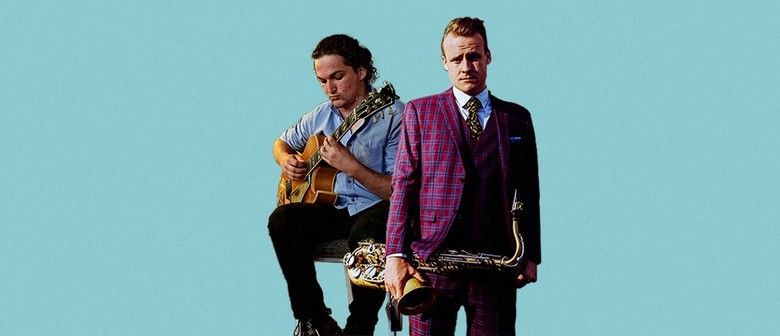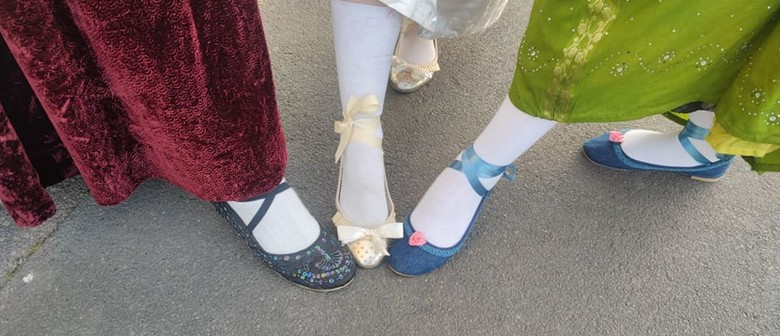Graham Bennett: The Entanglement of Fact and Value (2022)
18 Dowling St, Dunedin, Otago
Ticket Information
Restrictions
Websites
Listed by
For decades, Christchurch-based sculptor Graham Bennett has explored the ways in which humankind uses and quantifies the natural environment - and the impact this has on the living world. Bennett co-opts the physical and abstract languages of measurement to serve his practice, and degrees of longitude or latitude, surveying marks, scales, triangulation all find their place in the artist’s sculptures. Bennett extends these scientific and visual metaphors with pointed commentary about the ecological and ethical issues arising from slavish adherence to economic growth.
Deception shows the world literally hanging in the balance - or is it? The artist makes no bones about using the expansion of dairy-farming as an example of quantifiable success (the “rock-star economy” espoused by John Key and Fonterra) and this seems to sit in equilibrium with the most basic of life’s essentials - clean water. The title suggests otherwise however, and we are asked to consider the true value of the scientific, political, and economic facts presented to us.
The importance of recognising that we are wholly complicit in our ecological future is clear in Be it On Our Heads. Bennett draws the central motif in this work from Hieronymous Bosch’s triptych Garden of Earthly Delights. The fourteenth century work is a revelatory vision of a world fashioned by humankind to suit its own purposes. While the beasts and birds of Bosch’s panels appear to exist in concert with the human inhabitants of the garden, Bennett uses images of Aotearoa’s endangered matuku (bittern), whose wetlands are increasingly polluted or have disappeared entirely.
Bosch’s pond is reimagined in steel, bamboo, copper, and brass. The human (and matuku) figures are tightly bound by the pond’s circumference but there is a sense of collective stasis in the vague, desultory gestures. Perched on high, the figures occupy the centre of the work but are dwarfed in scale by the structure of the sculpture itself. We need to ask if Bennett wants us to consider the outsize impact of anthropogenic decisions on a world in which we are but one element.
Graham Bennett’s conceptual rigour is embedded in all aspects of his sculptural practice. Bennett combines theories of form, space, and materiality with intellectual investigations into ecological and social concerns. The combination results in artworks with layers of calibrated meaning to decode.
References
John Freeman-Moir, “The Not So Silent Spring”, World Sculpture News: Summer 2017, pp 38-41.
Log in / Sign up
Continuing confirms your acceptance of our terms of service.




Post a comment